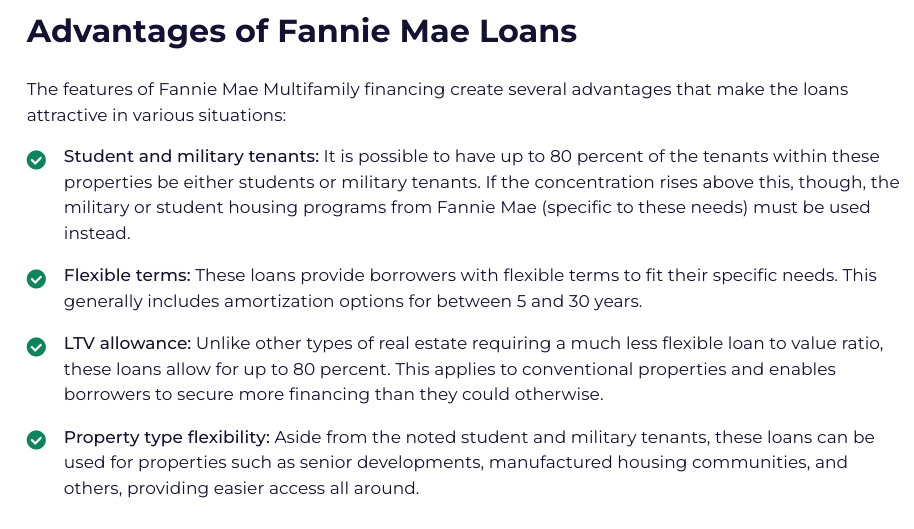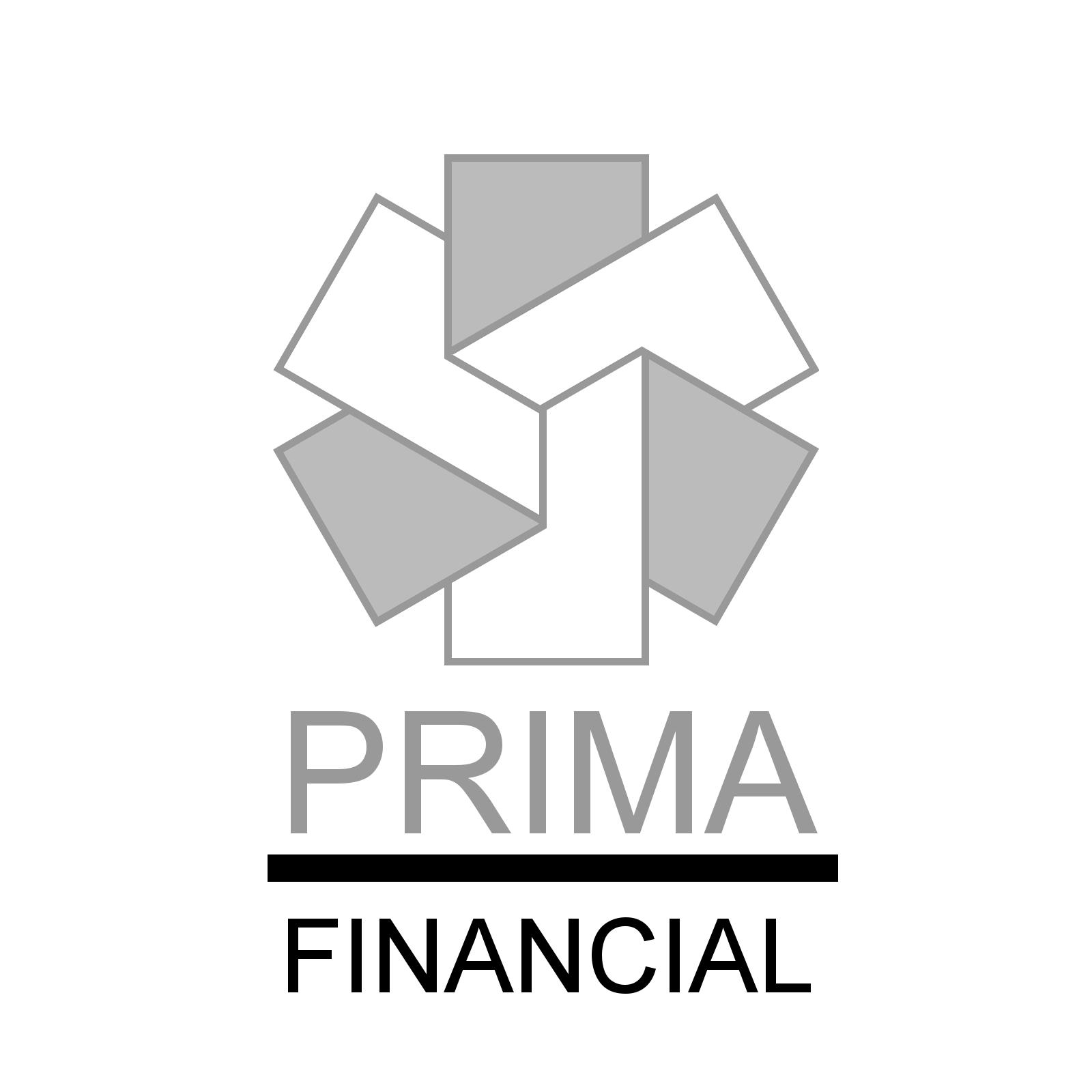Fannie Mae loans are specialized financial products designed for multifamily investors. They offer long-term, fixed-rate financing options with competitive interest rates. These loans are ideal for various investment strategies, including the acquisition, refinancing, or redevelopment.
For commercial real estate investors, Fannie Mae Multifamily loans may prove to be a feasible way of obtaining lower costing financing. It is one of the largest sources of capital within this market in the U.S.
Utilizing the Fannie Mae lending platform allows individuals to purchase and refinance multi-family homes, including senior housing, student housing, 5 or more unit apartments, and numerous other styles.
Investing using this financial tool is an excellent opportunity for many, but it is important to understand what it is and how it works before getting started.



Fannie Mae Multifamily Loans FAQ’s
What Are Fannie Mae Multifamily Loans?
Fannie Mae Multifamily has been a reliable source of funding for investors in multifamily properties for over three decades. Fannie Mae’s Delegated Underwriting and Serving (DUS) model enables an easy way to secure financing for the purchase of these properties.
The organization offers several options when it comes to apartment and multifamily financing. There are a few key differences between these loans. For example, they are non-recourse loans. The loans are also priced to a 30-year term and maintain a fixed rate throughout that time. In addition to that, there is 80 percent leverage. All of these features help to make these loans a much more attractive option than other financing offers available for this type of commercial investment.
To obtain a Fannie Mae loan, individuals applying for it must provide ample documentation and show their experience in the sector. This often includes providing a formal application and a plan for using the funds. It may include a trailing 12-month operating statement as well as current rent roll and occupancy reports (that include lease-end dates). In addition to this, the agency requires interior and exterior photos of the property to be taken or displayed on a website.
Borrowers must also provide a personal financial statement that shows a clear indication of owned real estate by that person. The agency also expects to learn more about the borrower’s current multifamily properties, if any. If none are owed, they then require a real estate resume that outlines their experience in the industry.

